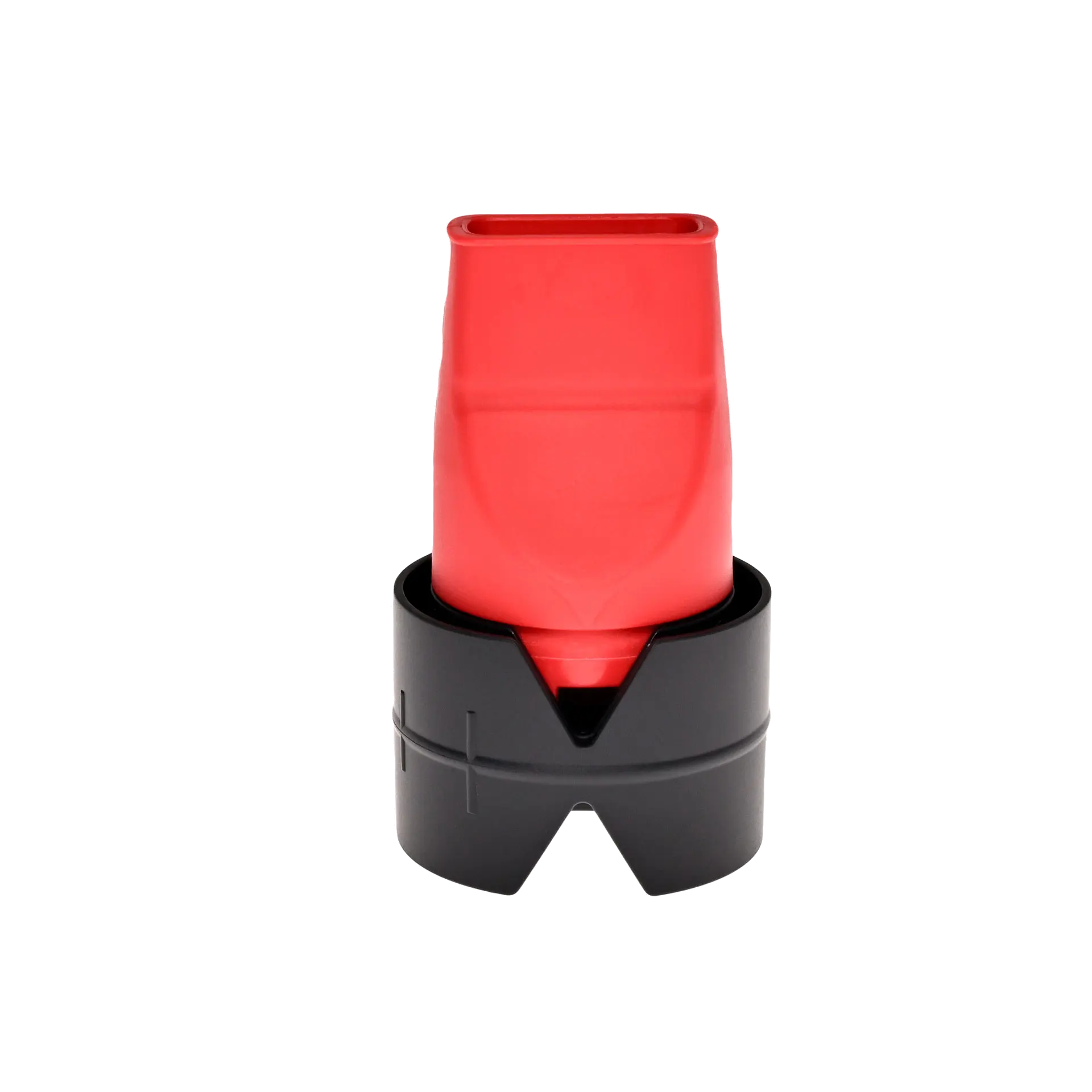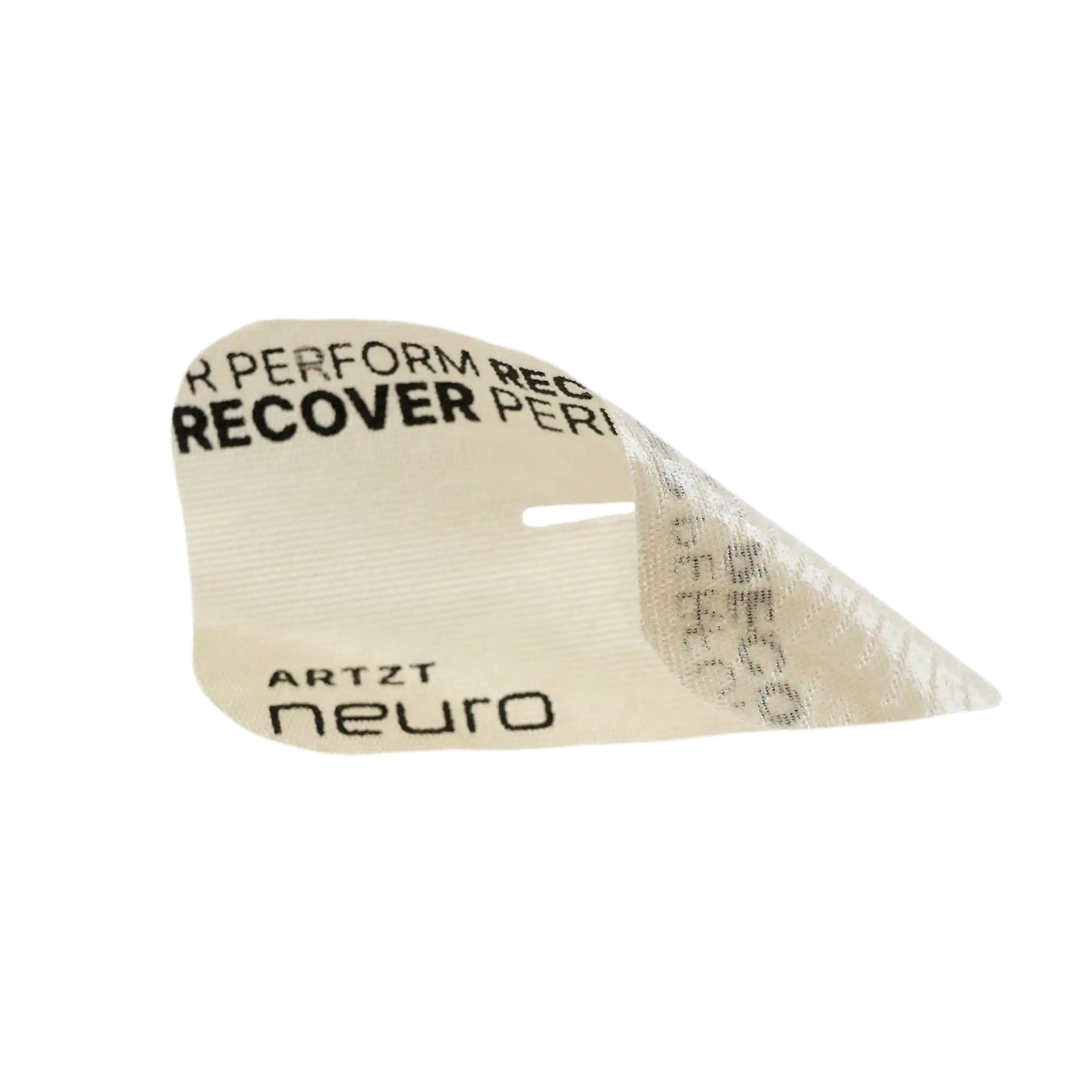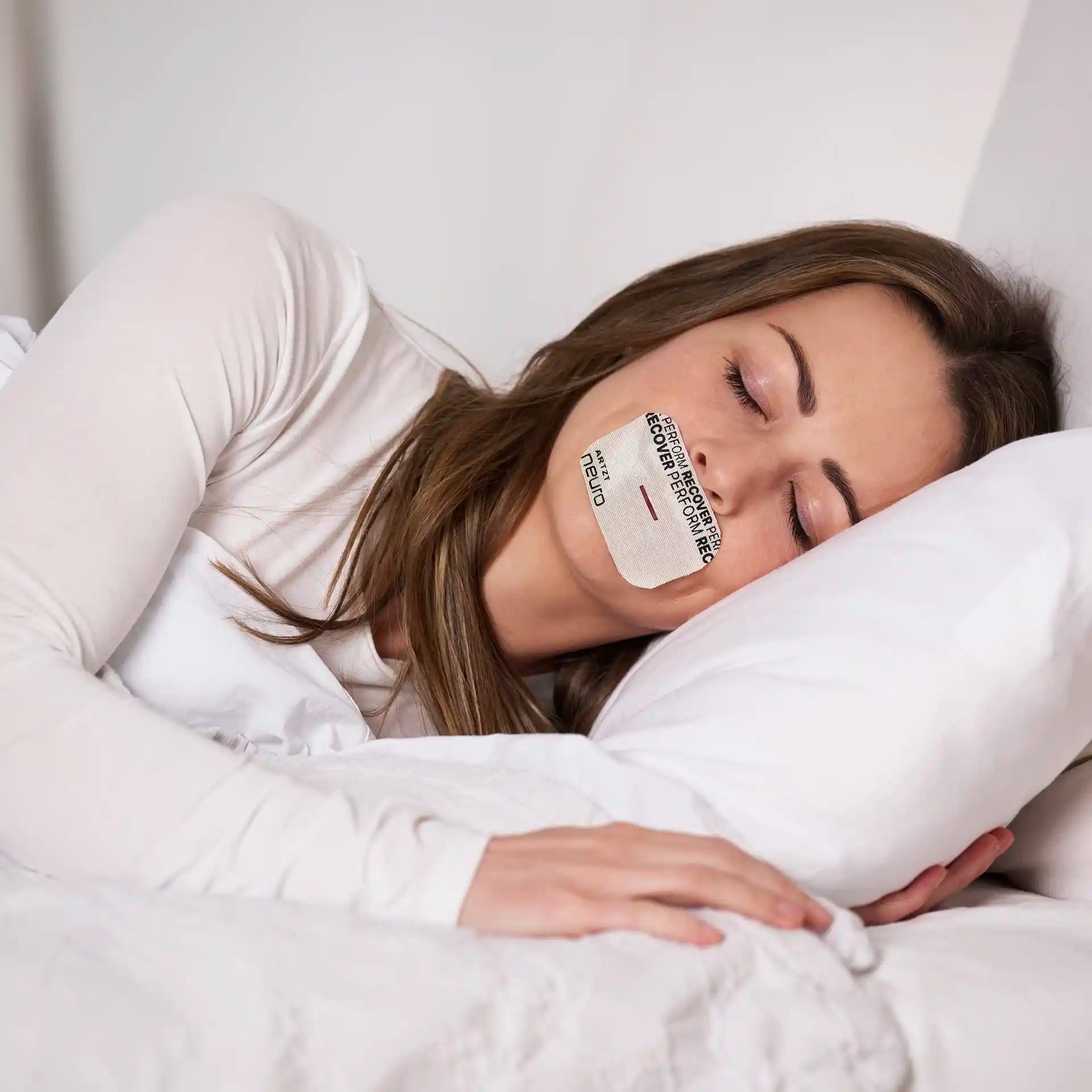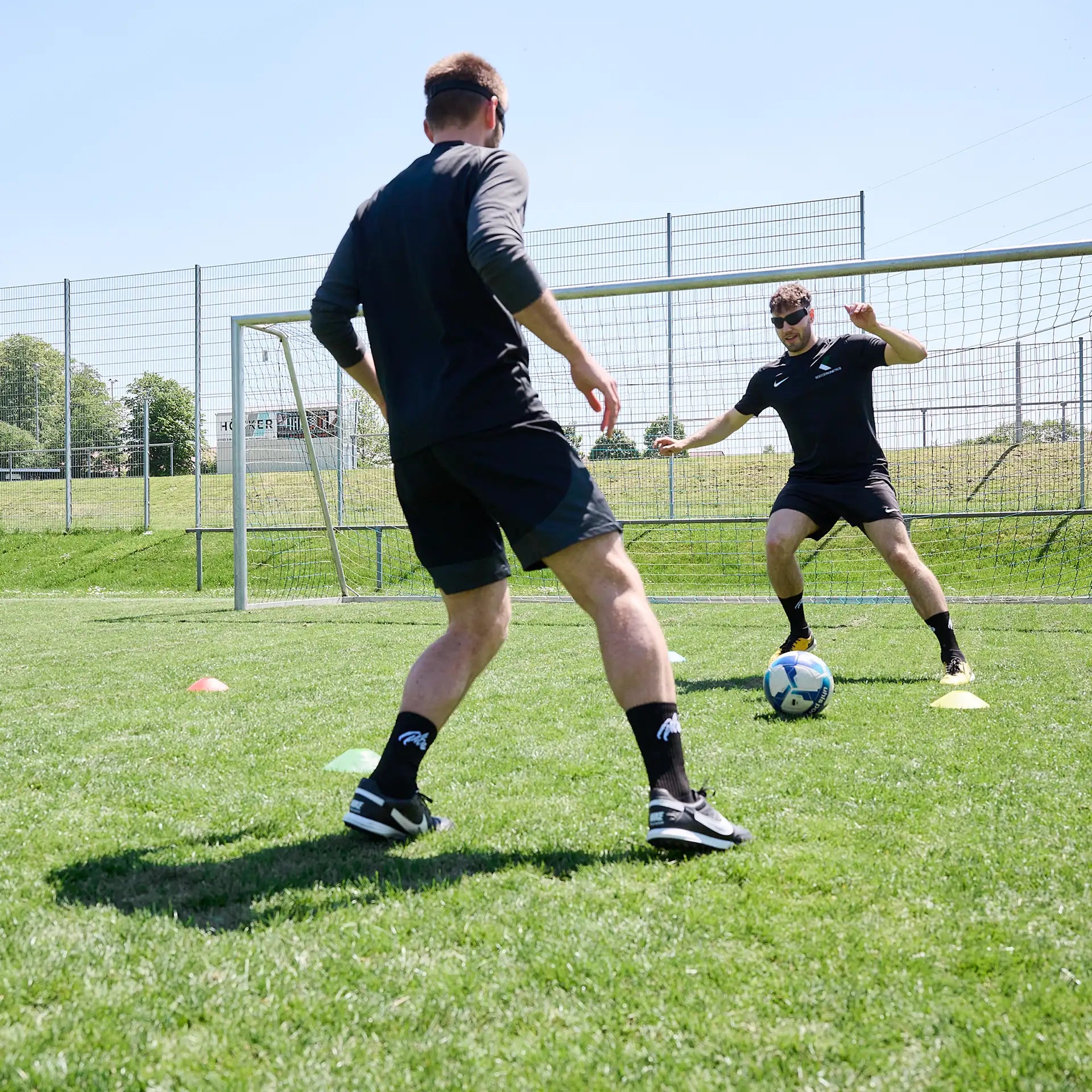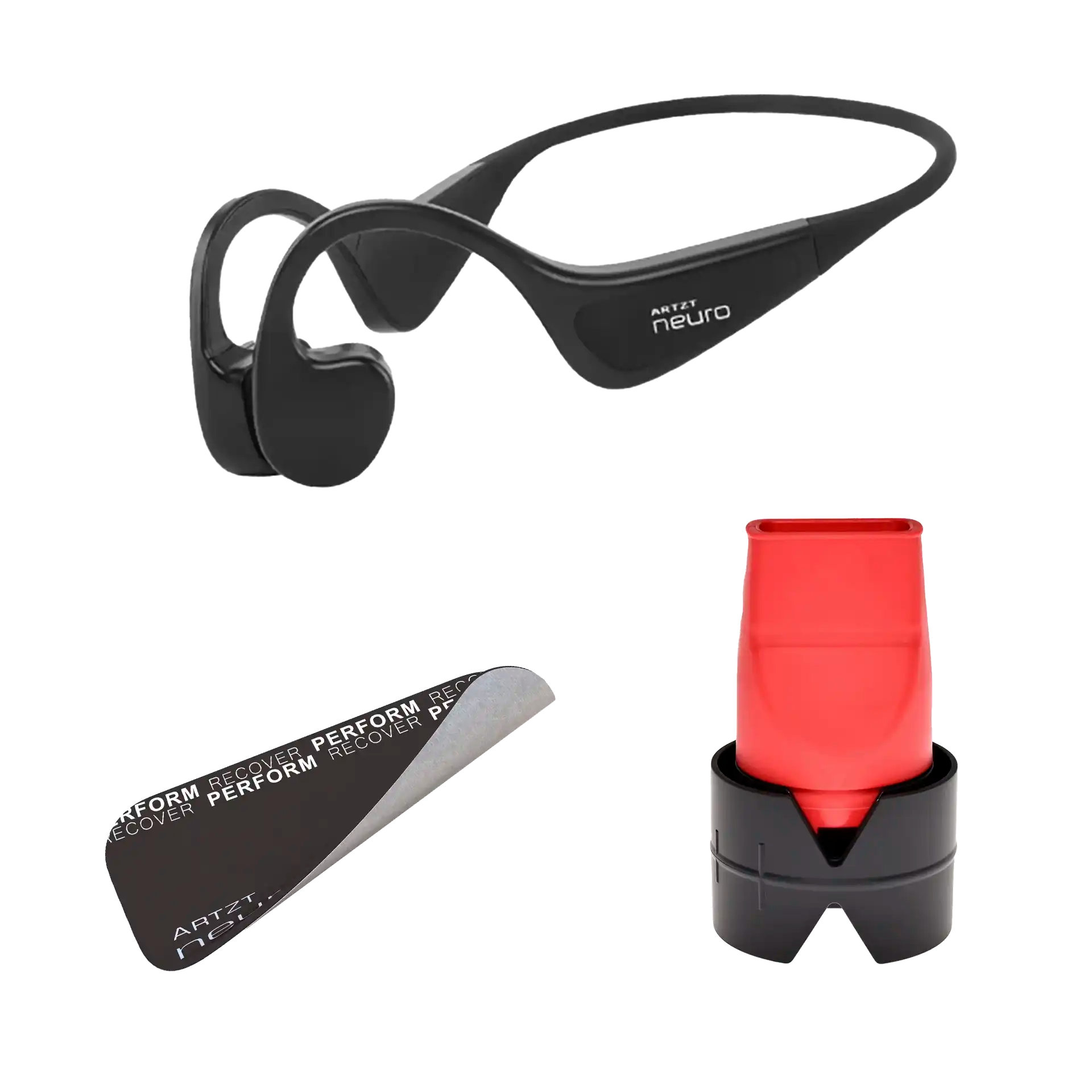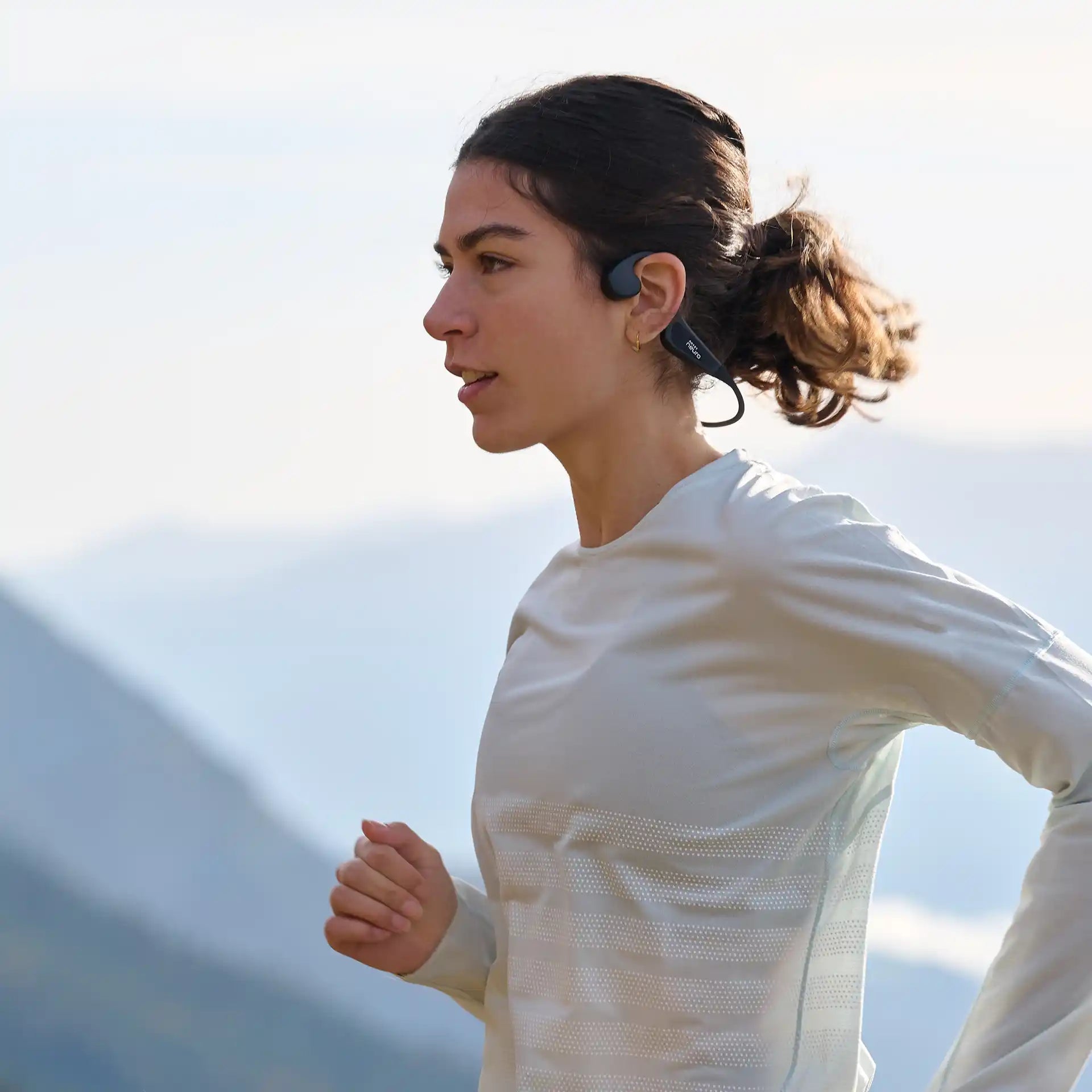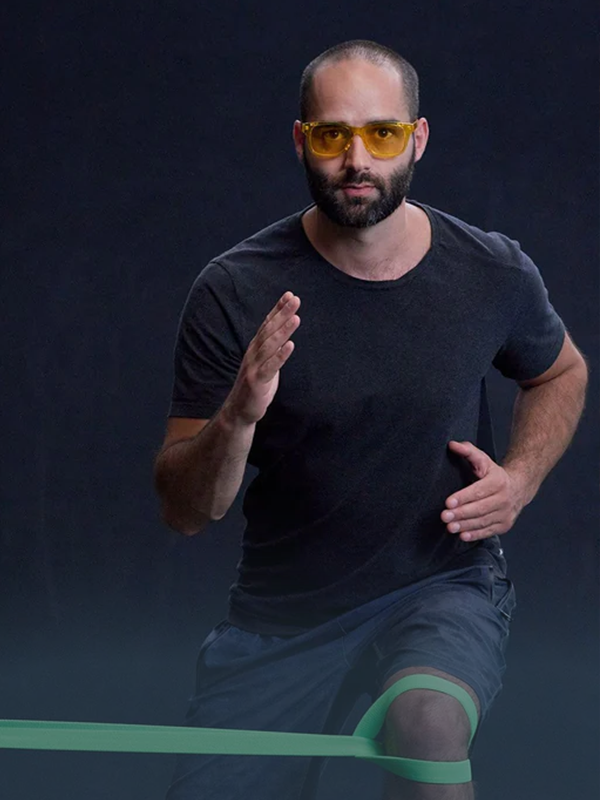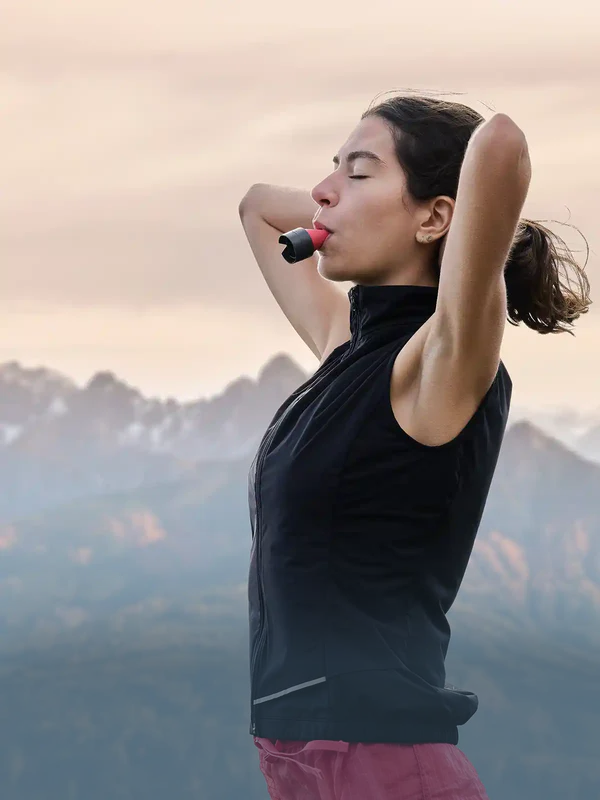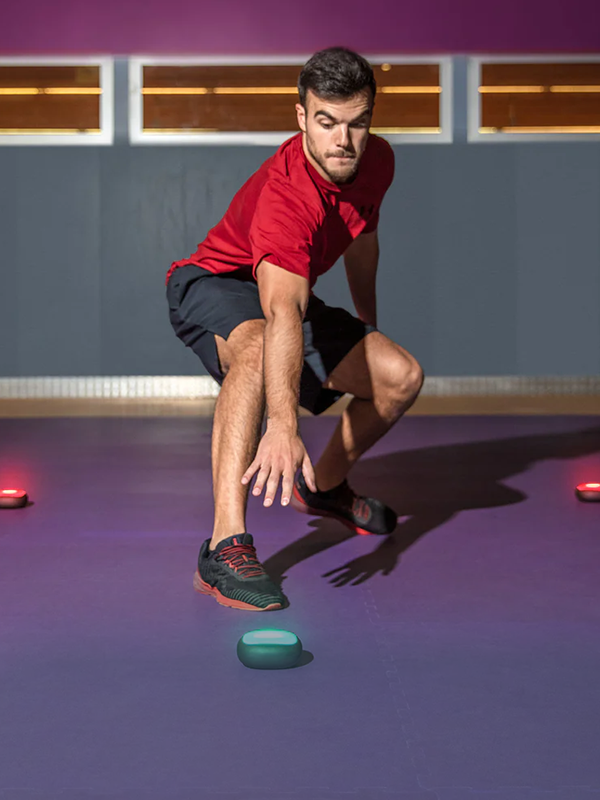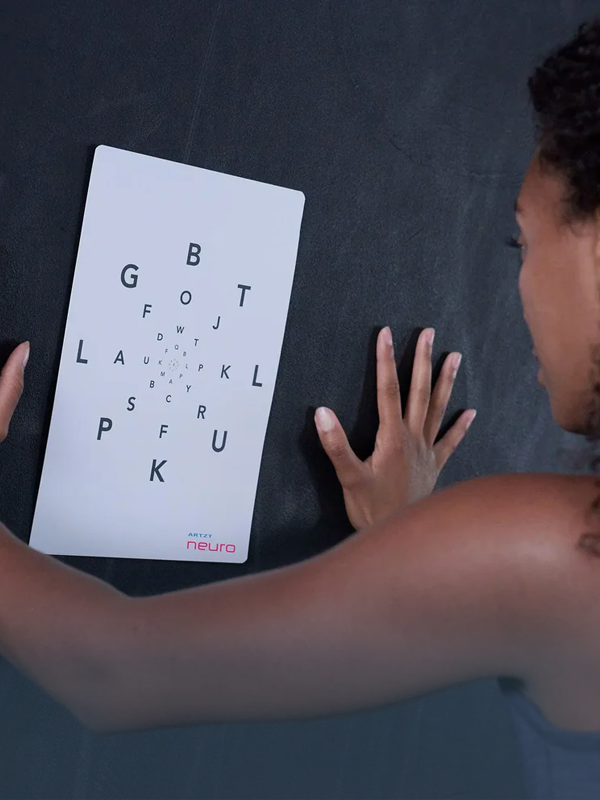Reading time: 10 minutes
The coronavirus and its accompanying symptoms, such as wearing a mouth and nose covering, have become an integral part of our everyday lives. It is all the more important to protect yourself effectively and ensure a well-functioning immune system and the best possible health.
Contents
Breathe properly - prevent infections
Since viruses are transmitted via the air we breathe or the aerosols it contains and then settle primarily in the respiratory tract, the correct breathing technique plays a particularly important role in preventing infection. With correct breathing - especially abdominal breathing - the upper and lower respiratory tract remains fully functional and resilient and can counteract the virus in an emergency.
Every day, 10,000 to 20,000 liters of air flow through the lungs when we breathe. The air we breathe every day naturally contains a lot of bacteria, viruses and the finest particles - in one day, according to research results from the Swedish Karolinska Institute, we breathe in up to 100 million of them.
5 tips for better breathing
A strong defense system requires more than willpower and muscle or physical strength. The key to health is correct, conscious breathing. Today we know that improved breathing technique is not only crucial for a strong immune system, but also has a positive effect on both physical and mental health: Correct breathing ensures inner peace and serenity, which in turn means that the immune system can work optimally. With just five simple tricks, everyone can do something for their (respiratory) health.
1. Breathe through your nose
Skin, stomach, nose and lungs - these four important organs are exposed to constant "threats" from viruses, bacteria, fungal spores and other pollutants. Our skin and stomach have an acidic PH value, the skin has a PH value of 5.5, the stomach of 1.5 to 3, which normally gives both of them effective protection against unwanted external influences.
The lungs, on the other hand, have an alkaline PH value of 7.6, which is essential to ensure the transport of oxygen into the blood. However, this high PH value prevents the lungs, like the skin and stomach, from being protected from particles penetrating from outside. This is where the fourth organ comes into play: the nose.
The air we breathe is full of bacteria, viruses and other fine particles. 75 percent of these particles and viruses are filtered out as they pass through the nose - more precisely, the mucous membrane and cilia. On the other hand, when we breathe through our mouth, the air ends up in our lungs unfiltered, in other words, we bypass our body's first line of defense!
The further the harmful particles travel through the trachea into our lungs, the higher the risk of infection and inflammation becomes. Considering the size of the lung surface area that is necessary for proper oxygen absorption, namely 50 to 100 square meters, it becomes clear how important it is to keep it as free of viruses and bacteria as possible.
There are three good reasons to breathe through your nose:
1. A cold nose increases the risk of viral infection
Our nose can be compared to a heat exchanger that warms and humidifies the air we breathe. During inhalation, the nose cools and dries out while it moistens and warms the inhaled air. When you breathe out, the temperature of the nose increases again due to the 37 degree warm air that flows out of the body. The mucous membranes are moistened again by the moist air from the lungs. If we only breathe in through the nose and out through the mouth, the nose is not heated when we breathe out. The same applies to pure mouth breathing. The nose becomes cold and dry.
Research has shown that rhinoviruses, which cause colds and upper respiratory infections, multiply much more quickly when the nose cools. The colder the nose is, the more the immune system is suppressed, which in turn creates the ideal breeding ground for multiplying cold viruses. We currently don't know exactly how the corona virus reacts, but it cannot be ruled out that a cold nose, i.e. incorrect breathing, promotes its spread in the body.
2. Nitric oxide has antibacterial and antiviral effects
Nitric oxide is an important substance that is produced in the paranasal sinuses, as scientists from Sweden's Karolinska Institute discovered in the mid-1990s. When you breathe in through your nose, nitric oxide accompanies the incoming air to dilate the bronchial tubes so that air can flow effortlessly into the lungs.
Another important property of nitric oxide is its antimicrobial effect. Viruses and bacteria that have gotten through the cilia of the nose are rendered harmless thanks to the nitrogen oxide. In a 2005 study, scientists concluded that nitric oxide curbs the replication of SARS viruses. The Conrona virus belongs to the same virus strain as the SARS virus (Severe Acute Respiratory Syndrome).
Nitric oxide also causes the blood vessels in the lung tissue to dilate, allowing more oxygen from the lungs to reach the blood.
However, when we breathe in through the mouth, the air we breathe is not enriched with nitrogen oxide and the positive aspects mentioned above do not apply.
3. CO2 has an antibacterial effect
When we breathe in through the nose, the breathing rate decreases, causing the concentration of CO2 in our body to increase. CO2 has antibacterial properties, which is why it has been added to the packaging of perishable foods such as packaged bread, coffee and chicken since the 1930s to make them last longer. Here, a study by the Karolinska Institute describes that the proliferation of staphylococci was 1,000 times higher when the food was packaged in normal air compared to CO2 and air. A technical article in the Australian Nature from 2019 impressively explains that viruses and bacteria present in water are inactivated by the addition of CO2. In addition, the Swedish scientist Prof. Jan van der Linden published in several specialist articles that the risk of infections during operations decreases significantly if the open surgical wound is exposed to 100% CO2.
Is there a connection between mouth breathing and pneumonia? Upper respiratory tract infections and pneumonia are characteristic of Covid-19 patients. Pneumonia can be caused by both bacteria and viruses. Even if it has not yet been conclusively researched, it is reasonable to assume that nitric oxide and CO2 as well as correctly applied breathing techniques play a role that should not be underestimated in maintaining the health of the bronchi and lungs.
The nose: ensure clear airways
“But I can’t just breathe through my nose” is a common argument from those who breathe through their mouth. A consequence of incorrect breathing is that the nose stops functioning because it is not being used. Lack of airflow creates less air pressure in the nose, which over time causes the open passages to contract and become narrower. This is proven by studies of patients who can no longer breathe through their nose due to laryngectomy.
Inside the nose, under the nasal concha, there is a cavernous body that swells as nasal breathing improves and ensures that the nose is clear. A stuffy nose is often a sign that breathing is not correct.
The narrowing of the nasal airways and passages, accompanied by a stuffy nose, is the logical reaction of our natural defense system to maintain the optimal CO2 pressure in the body. CO2 is released in the body and excreted through exhalation. However, if a CO2 deficit occurs in the body, it reduces the discharge by narrowing the airways.
When you start to optimize your breathing and breathe through your nose and your breathing rate drops, more CO2 remains in your body. As a result, tensions are released because the body can give up its defensive posture, i.e. tension.
Practicing nasal breathing with mouth taping?
An effective, although initially strange, method of improving nasal breathing is taping the mouth with Sleep Tape during bedtime. A good, restful night's sleep is essential for vitality and health. During sleep, the body regenerates and healing and repair processes take place. Accordingly, how we breathe during this time is crucial.
People who have tried this method report that they not only sleep more soundly, but are also more rested in the morning and that previously blocked noses are cleared again.
Sleeping (and breathing) with your mouth open, on the other hand, does not meet the body's needs because it puts it in a permanent state of latent hyperventilation, which not only leads to a lack of oxygen, but also to an increased number of harmful particles being inhaled. Mouth taping is a remarkably simple and inexpensive measure to ensure that the mouth stays closed at night and the nose does its job.
Even if the idea of a stuck mouth seems frightening and uncomfortable at first, it is usually just a mental block that goes away once you have tried it for a few minutes.
To get started with the new breathing technique, you can also start taping during the day or, for example, 15 minutes before you go to bed. You'll quickly get used to the tape and will soon be able to wear it all night long. If you don't have special sleep tape, you can also use normal surgical tape or bandages.
>> Reading tip: Sleep better thanks to mouth taping?
2. Buzz
Decreased breathing through the nose leads to poor air circulation and negative pressure in the sinuses, making the region vulnerable to increased bacteria and inflammation. According to the Karolinska Institutet, there is a very simple way to improve air flow in the sinuses: humming. Humming when you breathe out through your nose also increases nitric oxide levels by 15 to 20 times. We remember: Nitric oxide has antifungal, antiviral and antibacterial effects.
Here are very simple instructions for humming:
- Close your mouth, the tongue is in its natural position behind the incisors on the roof of the mouth.
- As you breathe out, you “say” “Hmmmm…” with your mouth closed. This causes the glottis to contract and force air through the nose, creating the buzzing sound.
- You should feel slight vibrations in your throat; they stimulate air circulation and thus the production of nitric oxide in your nose and sinuses.
- Humming while exhaling for 20 to 40 breaths (about 5 to 10 minutes) two to four times a day can help rejuvenate a chronic nasal congestion.
To intensify the effect, you can gently massage the area around the nose and above the eyes (this is where the frontal sinuses are also connected to the nose) while humming. If you have a sore throat, you can also include the area of the throat and the base of the tongue in the massage to stimulate blood circulation there too.
Of course, all exercises can also be used preventatively, for example when a cold is approaching.
By the way: Massaging the larynx also stimulates the vagus nerve, which is directly connected to the parasympathetic nervous system, which is responsible for our relaxation and digestion.
3. Breathing training with the breathing trainer
The breathing trainer can help you optimize breathing. All organs - brain, heart, muscles and eyes - depend on the functioning of an adequate oxygen supply. With proper breathing training, your body can learn to breathe deeply into your belly again, expanding your diaphragm, allowing you to take in more oxygen.
Breathing training can help with:
1. Strengthening the respiratory muscles
Our breathing muscles consist of the diaphragm as well as abdominal muscles and muscles in the chest, neck and shoulders.
When we inhale, 70 to 80 percent of the power comes from our most important breathing muscle, the diaphragm. When using a breathing trainer, the entire breathing muscles can be trained through the resistance. And when these muscles work better, breathing deepens and the efficiency of oxygen-CO2 exchange in the lungs increases.
2. Increase air circulation in the lungs and nose
Breathing too shallowly not only prevents efficient gas exchange, but due to the lack of necessary circulation it also leads to stale air and thus shortness of breath in the deeper regions of the lungs. Optimal ventilation of the lungs resembles a steady flow comparable to that of a babbling stream. When you breathe through the mouth or gasp or have a narrowed airway, the air in the lower part of the lungs sticks out - comparable to the cloudy water of a pond. Breathing with a breathing trainer can improve pressure in the nose and sinuses, which can lead to improved circulation even in the deep lung tissues.
3. Stress reduction as an immune booster
Have you ever wondered why people often get sick at the weekend or the start of vacation? It's simple: under stress, the activity of our immune system is suppressed - in times of maximum tension we don't have time to get sick. Then relaxation sets in and the immune system or defenses are activated and work at full speed for a short time, for example to eliminate unwanted bacteria from our body.
The breathing trainer also comes into play here as a preventive measure. The exhalation phase, which can be extended by using the breathing trainer, signals “relaxation” to the body. At the same time, the long exhalation has a positive effect on the inhalation, which subsequently becomes deeper and thus supplies the lungs better with air. Overall, breathing slows down, which in turn can lead to a reduction in stress in everyday life.
4. Stimulation of lymph flow
Our lymphatic system, an important part of our immune system, depends on the movement of our largest respiratory muscle, the diaphragm. All abdominal organs produce “waste products” that are removed by the lymphatic system. By the way: More lymph fluid flows through our body than blood. Since the lymphatic fluid or system does not have its own pump, it depends on the muscular activity of our body. Since the diaphragm is constantly rising and falling, it plays a particularly important role in the lymphatic system. If the activity of our diaphragm is reduced, for example by breathing too shallowly, this also restricts our lymph flow and thus the cleansing of our organism.
5. Efficient energy management through balancing the nervous system
The autonomic nervous system controls all automatic processes in the body and consists of two areas: the sympathetic, activating area and the parasympathetic, calming area. The sympathetic part of the nervous system is responsible for putting the body into activity such as fight or flight mode, the parasympathetic part is responsible for rest, recovery and the “energy saving mode” in the body.
When the sympathetic nervous system is active, we usually use more energy than necessary and then feel exhausted. Breathing training can be an effective method to stimulate the parasympathetic nervous system and thus prevent us from putting ourselves under greater stress and thus using more energy than necessary.
4. Breathe away fears
Withheld emotions, underlying conflicts – what is the price for this? Whether worries, trauma, anger, sadness or fears and all their side effects such as avoidance strategies or even addictive substances and even unreasonable diet: every emotional stress costs our body energy and strength. This loss of energy, in turn, puts excessive strain on our immune system. In addition, worries and fears increase the stress level, which in turn puts additional strain on the immune system.
Here too, conscious breathing can help you face your own fears and worries and find constructive solutions.
With a simple exercise you can manage your fears better:
Exercise Part 1: Face your fears
Take 5 to 10 minutes and list all the situations or people that annoy you, make you angry, cause you stress or scare you. Also take into account fears that may have accompanied you since childhood.
Exercise Part 2: Breathe
This exercise will help you face and overcome your fears. Even in all situations that put you outside your “comfort zone”, the breathing technique will help you reduce stress and build confidence.
Through rhythmic, slow and deep breathing, you will be able to face your fears and examine them more closely with the intention of dissolving them.
- Take 5 to 10 minutes
- Imagine one or more of your listed people/situations as vividly and realistically as possible. Feel into your body: Where do you feel tension or even pain? Allow your emotions to show themselves.
- Now pay attention to how you breathe during the “journey”. If your breathing rate increases and your breathing becomes shallower, this is completely normal.
- Now concentrate on your breath and take deep, slow and rhythmic breaths, systematically lengthening your exhalation. In this way, your breath ensures that you feel safe even in stressful situations.
Exercise Part 3: Reflect on your fears
End the exercise by reflecting on your fears: Where do they come from? What do they want to protect you from? What can you learn from them? What do they say about you? All your fears have a purpose. If you start to name your fears specifically, you can succeed in recognizing their deeper meaning and thus possible solutions.
6 exercises for open airways
The exercises described below serve to widen your airways, stimulate their function and strengthen and relax the respiratory muscles. Put together an approximately 10-minute exercise program that you do daily or as needed.
Between each exercise you should always take a few calm breaths and listen to your body before continuing with the next exercise. Sit upright and pay attention to relaxed, rhythmic breathing with deep, long breaths.
You can also use a breathing trainer here. The exercises can help you to function better in everyday life and thus to better health and quality of life.
1. Activation of the diaphragm
- Stand upright and support your hands at your sides: your thumbs are on the back below the ribs, your index and middle fingers are on the front of the lower costal arches
- Now fill your lungs against the resistance of your fingers
- Breathe in for 4 seconds and hold your breath for 6 seconds
- Exhale for 12 seconds and then pause for 4 seconds
2. Extension of the neck and throat
- Get into a kneeling position and support yourself on your buttocks or hips with your hands
- Breathe out and bring your chin towards your breastbone
- Inhale and move your head and body slightly backwards in an arc, feeling your ribs expand
- The next time you exhale, move your head in an arc back towards your breastbone
- Repeat the exercise slowly and consciously several times
3. Arms overhead
- Sit upright, preferably cross-legged, and stretch yourself tall, stretching your arms diagonally upwards
- Breathe in and out slowly and rhythmically
- Feel your diaphragm expand laterally with every breath
- Perform 30 breaths
4. Look over your shoulder
You can do this exercise sitting or standing
- Breathe out and move your head to the left
- Inhale and bring your head to the center
- Breathe out and turn your head to the right
- Do this exercise consciously and slowly
5. Back rotation
This exercise is performed standing upright
- Your hands lie on your shoulders, elbows and shoulders forming a line
- Breathe out and turn your upper body to the left
- Breathe in and come back to center
- Breathe out and now turn your upper body to the right
Your head automatically follows the movement of your upper body and your nose is always directly above the sternum (breastbone). Do this exercise slowly and consciously.
6. The skier
- Inhale and stretch your arms towards the ceiling
- Exhale, bend your knees slightly and bend your entire upper body from your hips into a deep forward bend, bringing your hands together behind your back
- Inhale and bring your upper body back to its normal position
With these tips and exercises you can specifically train your breathing muscles and improve your breathing technique. You will see that you feel more vital, more alert and more focused. Just try it out!


